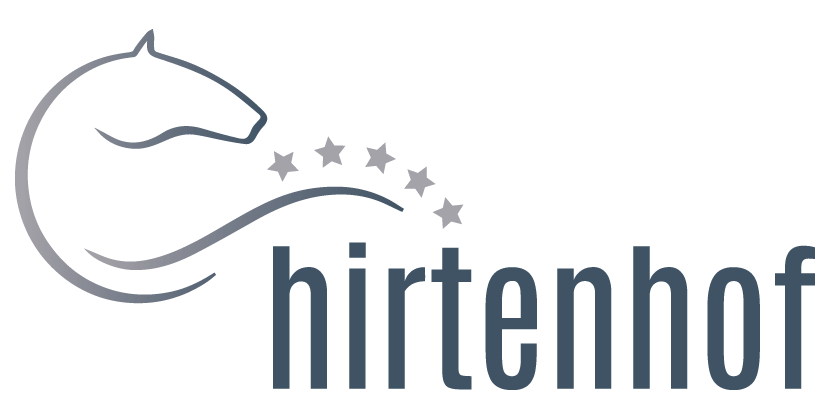4 6. In-depth Look: Tuckmans Model Five Stages of Team Development Strategic Project Management: Theory and Practice for Human Resource Professionals
Content
- Establish your team’s mission early
- Group Development Stages & Breakdown
- 6. In-depth Look: Tuckman’s Model – Five Stages of Team Development
- Production or People: What Should Pastors Prioritize?
- Norming Stage of Group Development
- The Selection Of A Team Leader
- SPCH 1311: Introduction to Speech Communication
The project as a whole is being wrapped up and final tasks and documentation are completed. As the workload becomes smaller, it’s common for team members to be taken off the assignment and delegated to a new project. The team members also usually debrief and discuss what went well and what could be improved on for projects in the future. While these four stages—forming, storming, norming, and performing—are distinct and generally sequential, they often blend into one another and even overlap. For example, if a new member joins the team, there may be a second brief period of formation while that person is integrated.

If you’ve asked team members to update progress documents weekly, check to make sure it’s being done. Set reminders for yourself to check in with team members, or send calendar events so that making updates is always top of mind and getting done. The main goal here is to keep the momentum going so that the project wraps up on time.
Establish your team’s mission early
Mr. Marcus sees Rina in the break room sixty days into the project and casually asks how things are going with the team and the Banisher. Rina reports that things have settled down and she feels like the team is working well together. She says that she met with each team member individually and explained their role in the project and gave them a chance to share any concerns they had.
During this stage, the team focuses on developing ideas; they develop feelings of frustration or anger with members or processes and members try to see how others handle conflict. This stage could be considered the less polite one due to frustration and disagreements. The team develops tasks to redefine the goals and conflict management (Stein, as cited in McShane et al., 2018). Typically, the outcome of the forming stage results in a better understanding of the group’s members and the direction of the entire team.
Group Development Stages & Breakdown
For example, a cross-functional team between web development and marketing may have a project goal of decreasing page load time to 1.5 seconds. Whether you’re building a new team or working on a specific project with cross-functional partners, it’s important to establish your team’s mission four stages of group development early on. Setting a goal, even before you start working together, establishes some ground rules to focus on and ensures that everyone is on the same page and moving towards the same goal. In the performing stage, you’ll notice fluidity with communication and overall conversations.
- The team members also usually debrief and discuss what went well and what could be improved on for projects in the future.
- The project as a whole is being wrapped up and final tasks and documentation are completed.
- Using either a top-down or bottom-up approach, a team comes together to address a problem and propose solutions.
- While not part of Tuckman’s original model, it is important for any team to pay attention to the end or termination process.
If teams want to stay in the Performing stage, they have to continuously work on building trust and improving communication. Engineering management, leadership, software architecture, high-performing teams, professional growth. The forming stage can be most compared to the first day of school or the first day at a new job. The setting is unfamiliar and uncertain to each team member as they learn about their fellow peers.
6. In-depth Look: Tuckman’s Model – Five Stages of Team Development
The main objective of the performing stage is to complete the group’s original goal or fulfill its purpose. A strong team leader is the backbone of every high-performing team. Without strong leadership, teams may struggle reaching the performing stage. By developing your own leadership skills, you can model collaboration best practices and help your team reach their fullest potential. As you build a new team, keep the stages of team development in mind so you can help individual team members reach their full potential and collaborate together effectively. While there’s no one right way to support your team, try these four strategies to boost your team’s cohesiveness.
The Bug Banisher Team begins to hold weekly meetings to share and track progress with all of the members. They have created a channel on the mobile app Slack so the team can instant-message all or some of the members. Communication is flowing in all directions, everyone is engaged, and it looks like they will meet the launch date originally set by Mr. Marcus at the first meeting. The cost of the Banisher is within the profit target, and production has assured everyone that they can produce the required number of Banisher canisters.
Production or People: What Should Pastors Prioritize?
At the end of the project, set up an online meeting where team members come together to discuss the entire project, from the successes to the frustrations. Ask them to prepare examples beforehand outlining what worked and what didn’t, and then give each person five minutes to share their thoughts. Document the comments so that it’s easy to see which trends emerge and what changes need to be made going forward. In the performing stage, teams are in sync and work more efficiently together than at any previous stage.

In some cases, the Norming Stage may often be intersected by the Storming Stage. It may even revert to it unless the team makes the effort to communicate problems, and then learn https://globalcloudteam.com/ from these interactions. Of course, you can only move on to this more pleasant stage if you’ve addressed and answered all the vital questions from the previous, Storming Stage.
Norming Stage of Group Development
Then, use this knowledge to help you overcome problems and reach your project goals with success. The team is already accustomed to each other’s workflows, and most future disputes and conflicts generally become easier to overcome. The official team leader takes a back seat much more than in the previous stages, and the individual team members are given their chance to shine. The stages of group development in organizational behavior and management are a theory of team development — a group-forming model that consists of 5 distinct stages. Sometimes a little conflict is needed to suss out weak spots in projects, to help team members discover the roles they really want, and push each other to prove out their ideas.



